What are benefits and drawbacks of co-creating solutions with your clients?
Last updated: February 06, 2024 Read in fullscreen view
- 01 Aug 2024
 The Standish Group report 83.9% of IT projects partially or completely fail 159/1784
The Standish Group report 83.9% of IT projects partially or completely fail 159/1784 - 13 Apr 2024
 Lessons on Teamwork and Leadership from Chinese story book "Journey to the West" 43/952
Lessons on Teamwork and Leadership from Chinese story book "Journey to the West" 43/952 - 02 Nov 2021
 What is Terms of Reference (ToR)? 24/1469
What is Terms of Reference (ToR)? 24/1469 - 05 Oct 2025
 The New Facebook Algorithm: A Paradigm Shift in Content Discovery 19/47
The New Facebook Algorithm: A Paradigm Shift in Content Discovery 19/47 - 03 Apr 2022
 Microsoft Solutions Framework (MSF) 14/1162
Microsoft Solutions Framework (MSF) 14/1162 - 03 Nov 2023
 Why Is Billable Viable Product An Alternative To Minimum Viable Product? 14/168
Why Is Billable Viable Product An Alternative To Minimum Viable Product? 14/168 - 01 Nov 2023
 Difference between Vendor and Subcontractor 12/923
Difference between Vendor and Subcontractor 12/923 - 18 Dec 2023
 The Cone of Uncertainty in Scrum & Requirement Definition 8/645
The Cone of Uncertainty in Scrum & Requirement Definition 8/645 - 18 Jul 2024
 The 8 Best ways to Innovate your SAAS Business Model in 2024 8/205
The 8 Best ways to Innovate your SAAS Business Model in 2024 8/205 - 30 Jul 2024
 The Future of IT Consulting: Trends and Opportunities 8/131
The Future of IT Consulting: Trends and Opportunities 8/131 - 01 Sep 2022
 Facts Chart: Why Do Software Projects Fail? 7/542
Facts Chart: Why Do Software Projects Fail? 7/542 - 18 Oct 2021
 Key Elements to Ramping Up a Large Team 7/1115
Key Elements to Ramping Up a Large Team 7/1115 - 29 Nov 2021
 Memorandum of Understanding (MOU) for Partnership Agreements 7/470
Memorandum of Understanding (MOU) for Partnership Agreements 7/470 - 08 Nov 2022
 4 tips for meeting tough deadlines when outsourcing projects to software vendor 6/254
4 tips for meeting tough deadlines when outsourcing projects to software vendor 6/254 - 27 Jul 2024
 Positive Psychology in the Digital Age: Future Directions and Technologies 6/337
Positive Psychology in the Digital Age: Future Directions and Technologies 6/337 - 30 Dec 2022
 Top 6 Reasons to Partner with TIGOSOFT 5/234
Top 6 Reasons to Partner with TIGOSOFT 5/234 - 06 Mar 2021
 4 things you need to do before getting an accurate quote for your software development 5/616
4 things you need to do before getting an accurate quote for your software development 5/616 - 11 Oct 2022
 Why choose Billable Viable Product (BVP) over Minimum Viable Product (MVP) 5/315
Why choose Billable Viable Product (BVP) over Minimum Viable Product (MVP) 5/315 - 16 Apr 2021
 Insightful Business Technology Consulting at TIGO 4/377
Insightful Business Technology Consulting at TIGO 4/377 - 20 Jul 2022
 Software Myths and Realities 4/801
Software Myths and Realities 4/801 - 20 Dec 2021
 What is Hybrid Mobile App Development? 3/315
What is Hybrid Mobile App Development? 3/315 - 10 Apr 2021
 RFP vs POC: Why the proof of concept is replacing the request for proposal 3/257
RFP vs POC: Why the proof of concept is replacing the request for proposal 3/257 - 07 Jul 2022
 Managing Project Execution Terms 3/379
Managing Project Execution Terms 3/379 - 09 Mar 2022
 Consultant Implementation Pricing 3/185
Consultant Implementation Pricing 3/185 - 16 Feb 2021
 Choose Outsourcing for Your Non Disclosure Agreement (NDA) 3/150
Choose Outsourcing for Your Non Disclosure Agreement (NDA) 3/150 - 04 Mar 2023
 [Medium] Box-Ticking: The Management Strategy That’s Killing your Productivity 3/518
[Medium] Box-Ticking: The Management Strategy That’s Killing your Productivity 3/518 - 24 Nov 2023
 The project management paradox: Achieving MORE by doing LESS 3/194
The project management paradox: Achieving MORE by doing LESS 3/194 - 27 Feb 2025
 How AI Agents are Changing Software Development? 3/170
How AI Agents are Changing Software Development? 3/170 - 09 Oct 2024
 Short-Form Video Advertising: The Secret to Captivating Your Audience 3/107
Short-Form Video Advertising: The Secret to Captivating Your Audience 3/107 - 10 Apr 2024
 The Parking Lot Method: Unlocking a Simple Secret to Supercharge Your Productivity 3/403
The Parking Lot Method: Unlocking a Simple Secret to Supercharge Your Productivity 3/403 - 06 Dec 2024
 Steps For Integrating Sustainable Practices Into Business Operations 3/115
Steps For Integrating Sustainable Practices Into Business Operations 3/115 - 25 Jan 2025
 The Decline of Traditional SaaS and the Rise of AI-first Applications 2/73
The Decline of Traditional SaaS and the Rise of AI-first Applications 2/73 - 22 Nov 2024
 The Role of AI in Enhancing Business Efficiency and Decision-Making 2/160
The Role of AI in Enhancing Business Efficiency and Decision-Making 2/160 - 02 Dec 2024
 The Intersection of AI and Business Analytics: Key Concepts to Master in Your Business Analytics Course 2/255
The Intersection of AI and Business Analytics: Key Concepts to Master in Your Business Analytics Course 2/255 - 18 Aug 2024
 The Future of Web Development: Emerging Trends and Technologies Every Developer Should Know 2/175
The Future of Web Development: Emerging Trends and Technologies Every Developer Should Know 2/175 - 26 Sep 2024
 Successful Project Management Techniques You Need to Look Out For 2/368
Successful Project Management Techniques You Need to Look Out For 2/368 - 02 May 2022
 What Is RAID in Project Management? (With Pros and Cons) 2/735
What Is RAID in Project Management? (With Pros and Cons) 2/735 - 21 Dec 2023
 Top 12 Low-Code Platforms To Use in 2024 2/1154
Top 12 Low-Code Platforms To Use in 2024 2/1154 - 31 Dec 2022
 The New Normal for Software Development 2/343
The New Normal for Software Development 2/343 - 11 Jan 2024
 Entering the Japanese Market: Stacking the Deck and Setting Expectations 2/125
Entering the Japanese Market: Stacking the Deck and Setting Expectations 2/125 - 10 Sep 2024
 Leading Remote Teams in Hybrid Work Environments 2/127
Leading Remote Teams in Hybrid Work Environments 2/127 - 05 Jun 2023
 Fractional, Part-Time (virtual) or Interim CTO: Who Will Cover Your Business Needs? 2/109
Fractional, Part-Time (virtual) or Interim CTO: Who Will Cover Your Business Needs? 2/109 - 07 Jul 2021
 The 5 Levels of IT Help Desk Support 2/380
The 5 Levels of IT Help Desk Support 2/380 - 07 Nov 2022
 Why Design Thinking can save the outsourcing industry 2/169
Why Design Thinking can save the outsourcing industry 2/169 - 12 Aug 2022
 What is End-to-end project management? 2/382
What is End-to-end project management? 2/382 - 14 Jun 2022
 Example and Excel template of a RACI chart in Software Development 2/708
Example and Excel template of a RACI chart in Software Development 2/708 - 15 May 2022
 20 Common Mistakes Made by New or Inexperienced Project Managers 2/247
20 Common Mistakes Made by New or Inexperienced Project Managers 2/247 - 22 May 2022
 What are common mistakes that new or inexperienced managers make? 1/243
What are common mistakes that new or inexperienced managers make? 1/243 - 31 Dec 2022
 Future of Software Development Trends and Predictions for 2023 1/120
Future of Software Development Trends and Predictions for 2023 1/120 - 16 Aug 2022
 What is a Headless CMS? 1/225
What is a Headless CMS? 1/225 - 16 Sep 2022
 Examples Of Augmented Intelligence In Today’s Workplaces Shaping the Business as Usual 1/395
Examples Of Augmented Intelligence In Today’s Workplaces Shaping the Business as Usual 1/395 - 07 Oct 2022
 Digital Transformation: Become a Technology Powerhouse 1/217
Digital Transformation: Become a Technology Powerhouse 1/217 - 30 Oct 2022
 How Much Does MVP Development Cost in 2023? 1/171
How Much Does MVP Development Cost in 2023? 1/171 - 07 Aug 2022
 Things to Consider When Choosing a Technology Partner 1/254
Things to Consider When Choosing a Technology Partner 1/254 - 27 Jan 2020
 Should a project manager push developers to work more hours due to mistakes of manager schedule setting? 1/412
Should a project manager push developers to work more hours due to mistakes of manager schedule setting? 1/412 - 01 Mar 2024
 10 Project Management Myths 1/120
10 Project Management Myths 1/120 - 01 May 2023
 CTO Interview Questions 1/299
CTO Interview Questions 1/299 - 03 Jan 2024
 Why Partnership is important for Growth? 1/146
Why Partnership is important for Growth? 1/146 - 09 Feb 2023
 The Challenge of Fixed-Bid Software Projects 1/191
The Challenge of Fixed-Bid Software Projects 1/191 - 07 Dec 2023
 12 project management myths to avoid 1/169
12 project management myths to avoid 1/169 - 20 Feb 2025
 How Machine Learning is Shaping the Future of Digital Advertising 1/83
How Machine Learning is Shaping the Future of Digital Advertising 1/83 - 10 Jul 2025
 Building AI-Driven Knowledge Graphs from Unstructured Data 1/117
Building AI-Driven Knowledge Graphs from Unstructured Data 1/117 - 20 Aug 2025
 What Is Agentic AI? The Next Phase of Artificial Intelligence 1/96
What Is Agentic AI? The Next Phase of Artificial Intelligence 1/96 - 28 Oct 2025
 The Future of Real Estate: Key Trends and Essential Lessons in Digital Transformation 1/14
The Future of Real Estate: Key Trends and Essential Lessons in Digital Transformation 1/14 - 17 Mar 2025
 IT Consultants in Digital Transformation /62
IT Consultants in Digital Transformation /62 - 23 Jun 2025
 AI Avatars in the Metaverse: How Digital Beings Are Redefining Identity and Social Interaction /85
AI Avatars in the Metaverse: How Digital Beings Are Redefining Identity and Social Interaction /85 - 02 Jun 2024
 Reviving Ancient Wisdom: The Spiritual Side of Project Management /204
Reviving Ancient Wisdom: The Spiritual Side of Project Management /204 - 02 Nov 2022
 Difference between Change Management and Project Management /216
Difference between Change Management and Project Management /216 - 20 Nov 2022
 Software Requirements Are A Communication Problem /234
Software Requirements Are A Communication Problem /234 - 30 Nov 2023
 Project Managers, Focus on Outcomes — Not Deliverables /143
Project Managers, Focus on Outcomes — Not Deliverables /143 - 18 Jan 2024
 Self-healing code is the future of software development /200
Self-healing code is the future of software development /200 - 19 Dec 2023
 How AI is Transforming Software Development? /276
How AI is Transforming Software Development? /276 - 31 Dec 2023
 Software Development Outsourcing Trends to Watch Out for in 2024 /163
Software Development Outsourcing Trends to Watch Out for in 2024 /163 - 23 Jun 2024
 Best Practices for Managing Project Escalations /184
Best Practices for Managing Project Escalations /184 - 21 Jun 2024
 Dead Horses and the Escalation of Commitment /124
Dead Horses and the Escalation of Commitment /124 - 01 Mar 2023
 How do you deal with disputes and conflicts that may arise during a software consulting project? /145
How do you deal with disputes and conflicts that may arise during a software consulting project? /145 - 25 Sep 2024
 Enhancing Decision-Making Skills with an MBA: Data-Driven Approaches for Business Growth /177
Enhancing Decision-Making Skills with an MBA: Data-Driven Approaches for Business Growth /177 - 10 Sep 2024
 AI in Email Marketing: Personalization and Automation /154
AI in Email Marketing: Personalization and Automation /154 - 01 Aug 2022
 Is planning "set it and forget it" or "set it and check it"? /264
Is planning "set it and forget it" or "set it and check it"? /264 - 17 Oct 2021
 Does Fast Tracking increase project cost? /349
Does Fast Tracking increase project cost? /349 - 13 Jan 2020
 Quiz: Test your understanding project cost management /568
Quiz: Test your understanding project cost management /568 - 03 Nov 2022
 Top questions and answers you must know before ask for software outsourcing /265
Top questions and answers you must know before ask for software outsourcing /265 - 09 Jan 2022
 How to Bridge the Gap Between Business and IT? /165
How to Bridge the Gap Between Business and IT? /165 - 09 May 2022
 Build one to throw away vs Second-system effect: What are differences? /298
Build one to throw away vs Second-system effect: What are differences? /298 - 10 May 2022
 Levels of Teamwork /180
Levels of Teamwork /180 - 06 Jun 2022
 Change Management at the Project Level /293
Change Management at the Project Level /293 - 03 Jan 2023
 Organizing your agile teams? Think about M.A.T (Mastery, Autonomy, Purpose) /333
Organizing your agile teams? Think about M.A.T (Mastery, Autonomy, Purpose) /333 - 02 Dec 2021
 3 Ways to Avoid Scope Creep in IT Consulting /192
3 Ways to Avoid Scope Creep in IT Consulting /192
Benefits
Increased client satisfaction
One of the main benefits of co-creating solutions with your clients is that it can increase their satisfaction with your services. By involving them in the design and development process, you can ensure that the solutions you deliver meet their expectations and address their pain points. You can also gain insights into their preferences, motivations, and goals, which can help you tailor your solutions to their specific needs. Co-creating solutions with your clients can also make them feel valued, respected, and empowered, which can strengthen your relationship and increase their loyalty.
No one knows their business environment and challenges better than the client. Partnering with the client to build solutions allows them to be able to share and collaborate, ensuring the solution better fits into their day-to-day. Building this type of partnership allows for deeper client/consultant relationships, which can lead to future engagement opportunities or referrals because you have moved from consultant to trusted business advisor.
Enhanced innovation
Another benefit of co-creating solutions with your clients is that it can enhance your innovation and creativity. By collaborating with your clients, you can tap into their perspectives, experiences, and knowledge, which can inspire you to generate new ideas, solutions, or approaches. You can also leverage their feedback, suggestions, or critiques, which can help you improve your solutions, test your assumptions, or identify new opportunities. Co-creating solutions with your clients can also challenge you to think outside the box, experiment with different methods, or explore new possibilities.
Drawback
Loss of control
One of the main drawbacks of co-creating solutions with your clients is that it can reduce your control over the project. By inviting your clients to participate in the decision-making process, you may have to compromise on some aspects of your solution, such as the scope, timeline, budget, or quality. You may also have to deal with conflicting opinions, unrealistic expectations, or changing requirements from your clients, which can cause delays, confusion, or frustration. Co-creating solutions with your clients can also expose you to the risk of losing your intellectual property, reputation, or competitive advantage, if your clients misuse, leak, or copy your ideas.
Too many cooks spoil the broth. You should use your expertise to make the ultimate decision on any solution you provide.
While loss of control can be a concern, it can be mitigated by building trust through transparent conversations with the client. Business landscapes are in constant flux and all consultants, project leads, and managers must be flexible.
Increased complexity
Another drawback of co-creating solutions with your clients is that it can increase the complexity and difficulty of the project. By involving your clients in the solution development process, you may have to manage multiple stakeholders, communicate effectively, and coordinate efficiently. You may also have to balance your own expertise, judgment, and vision with your clients' input, preferences, and expectations. Co-creating solutions with your clients can also require more time, resources, and effort than traditional methods, which can affect your productivity, profitability, or quality.
Partnering with clients on solutions does make the project more complex because you have multiple personalities, goals, and communication styles at the table. However, just because it might make the project harder to manage doesn't mean it should not occur! The strongest solutions fully integrate the client. Excellent project management, change management, and emotional intelligence can be utilized to create transparent communication to support client collaboration.
How to overcome the drawbacks
While co-creating solutions with your clients can have some drawbacks, you can overcome them by following some best practices. First, you should establish clear and realistic goals, expectations, and roles with your clients before starting the project, and communicate them frequently and transparently throughout the process. Second, you should respect your clients' opinions and feedback, but also assert your authority and expertise when necessary, and avoid compromising on the essential aspects of your solution. Third, you should protect your intellectual property, reputation, and competitive advantage by using confidentiality agreements, trademarks, or patents. Finally, you should monitor and evaluate the results and outcomes of your co-creation process, and learn from your successes and failures.
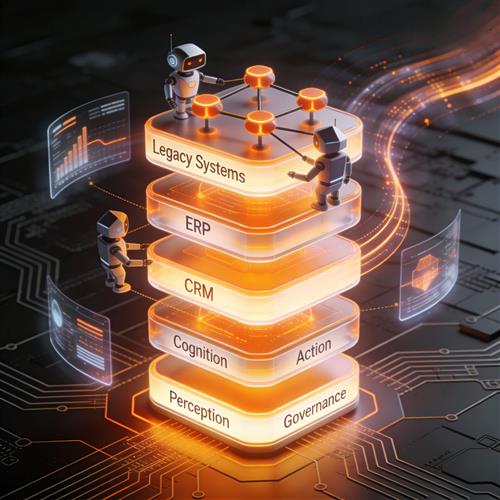

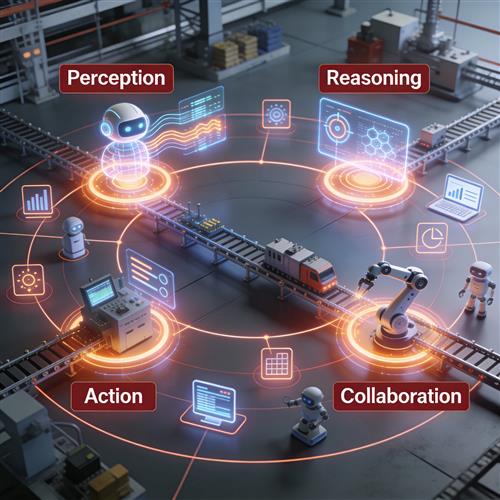



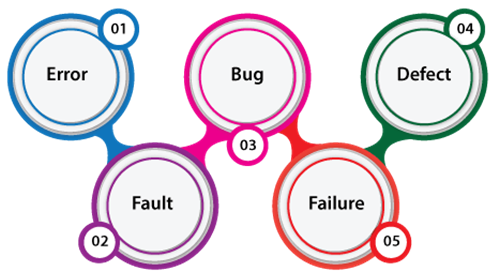

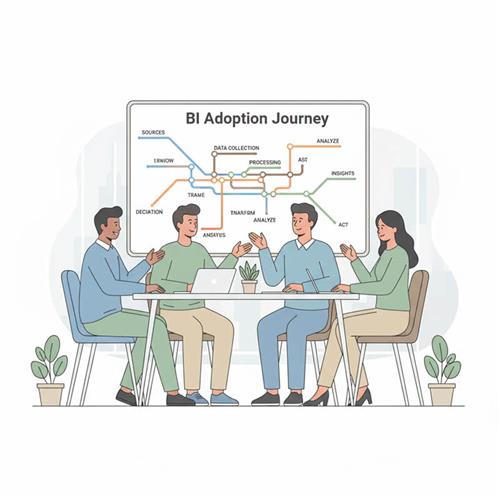
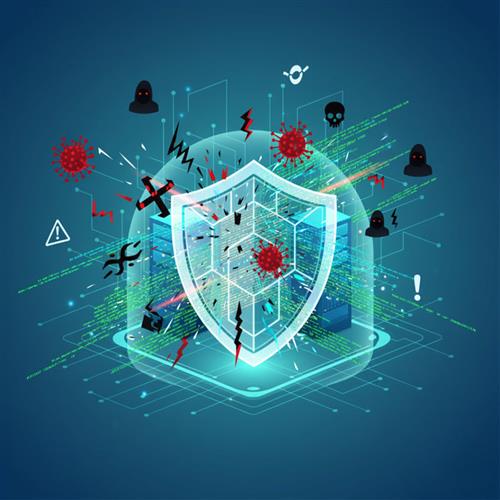

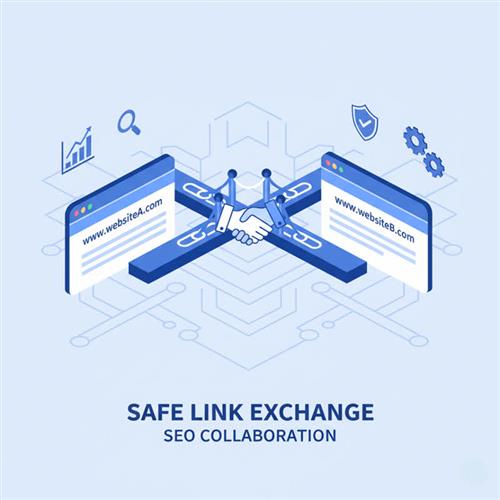
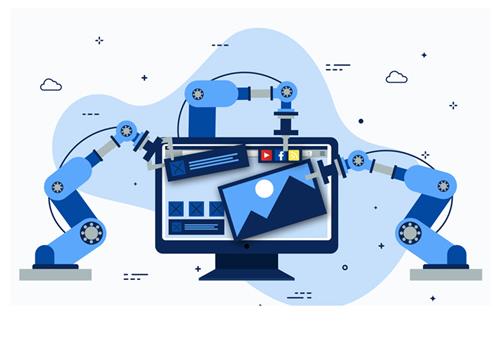
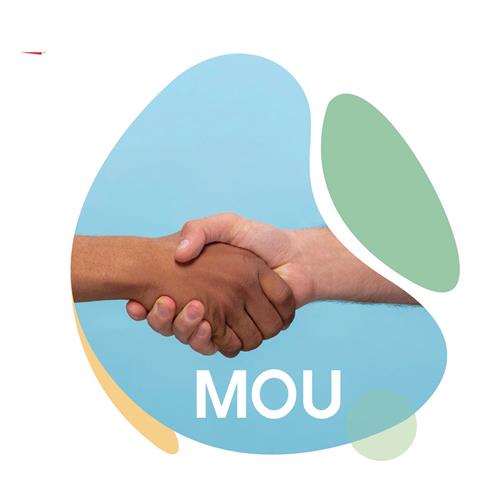
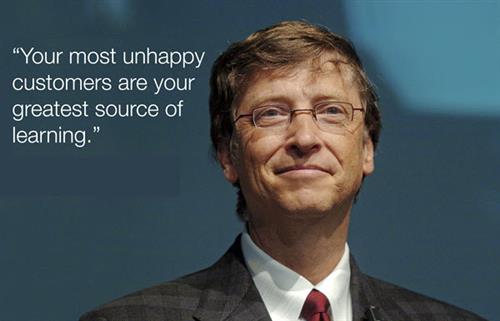
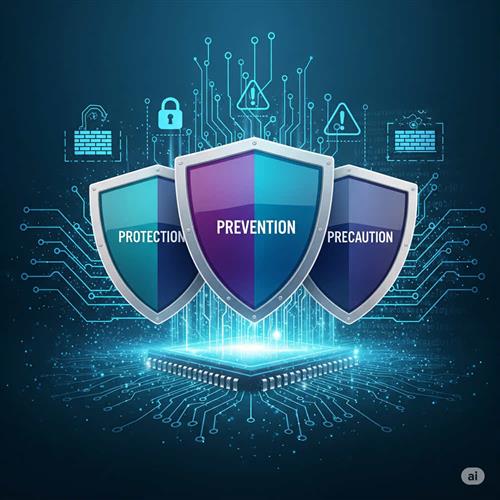


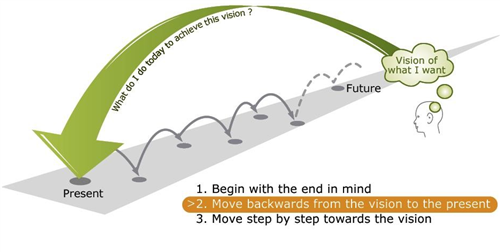
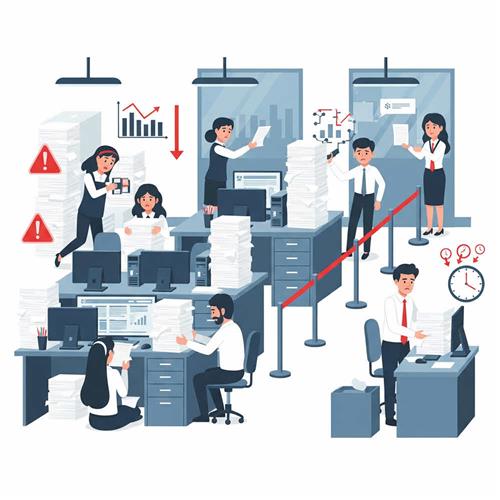
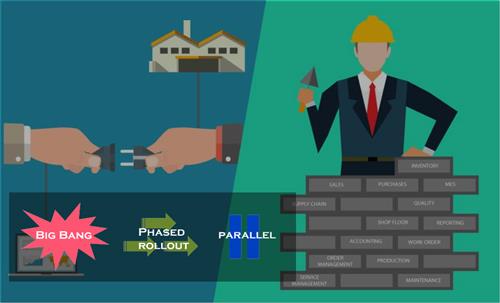
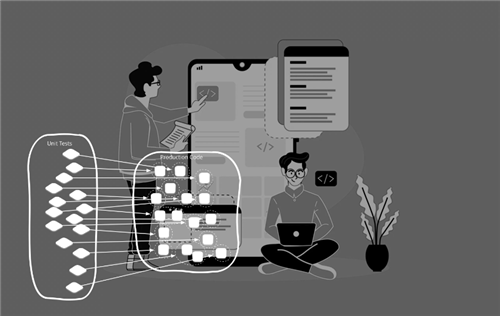












 Link copied!
Link copied!
 Recently Updated News
Recently Updated News